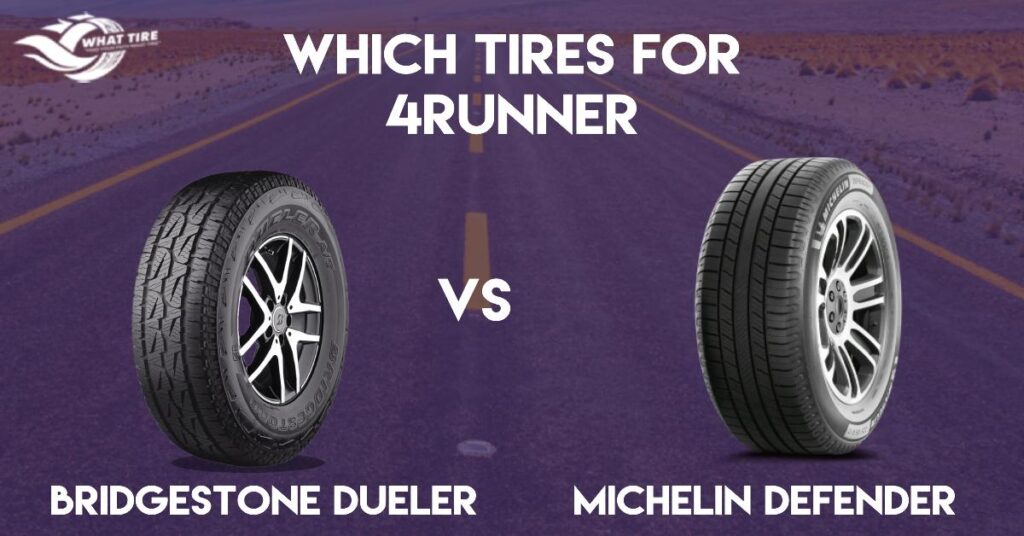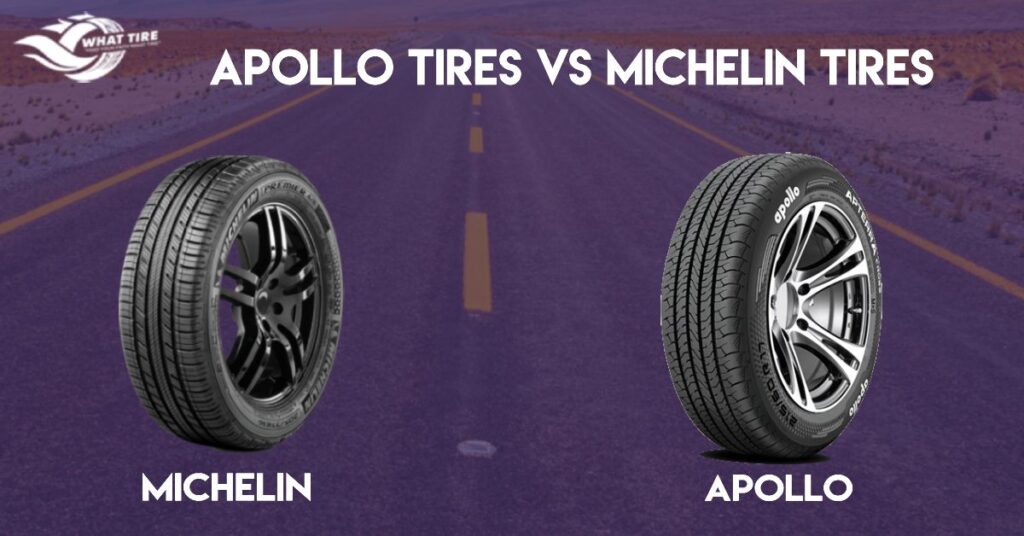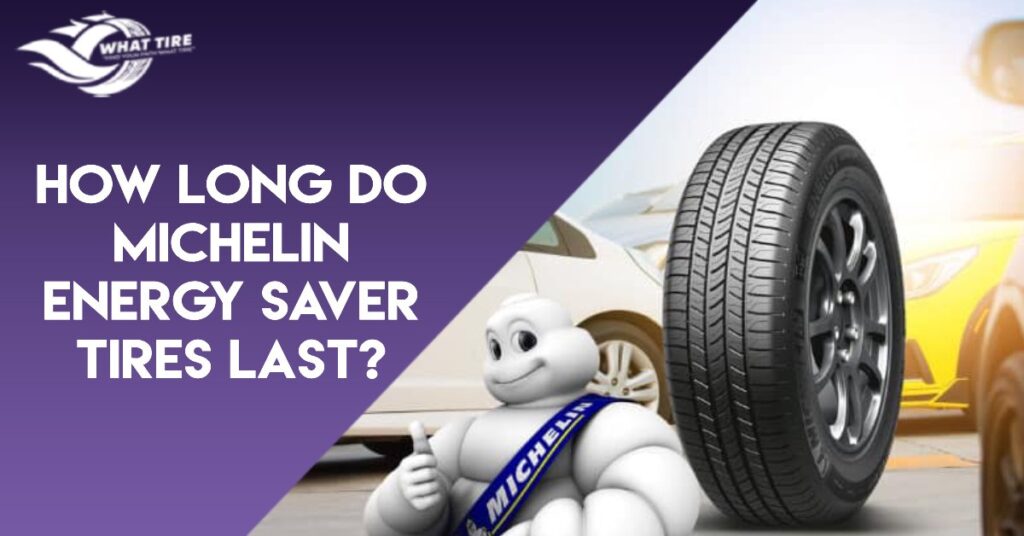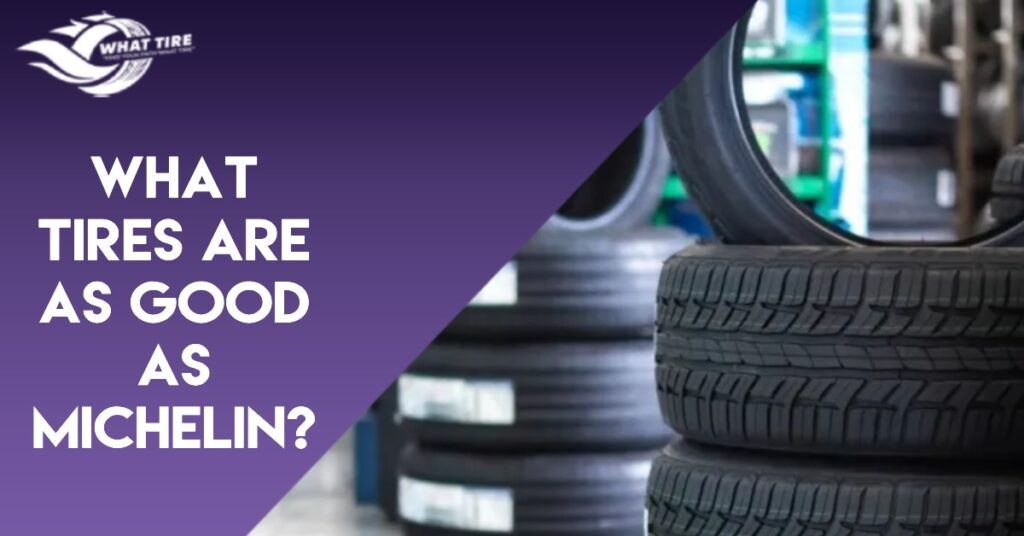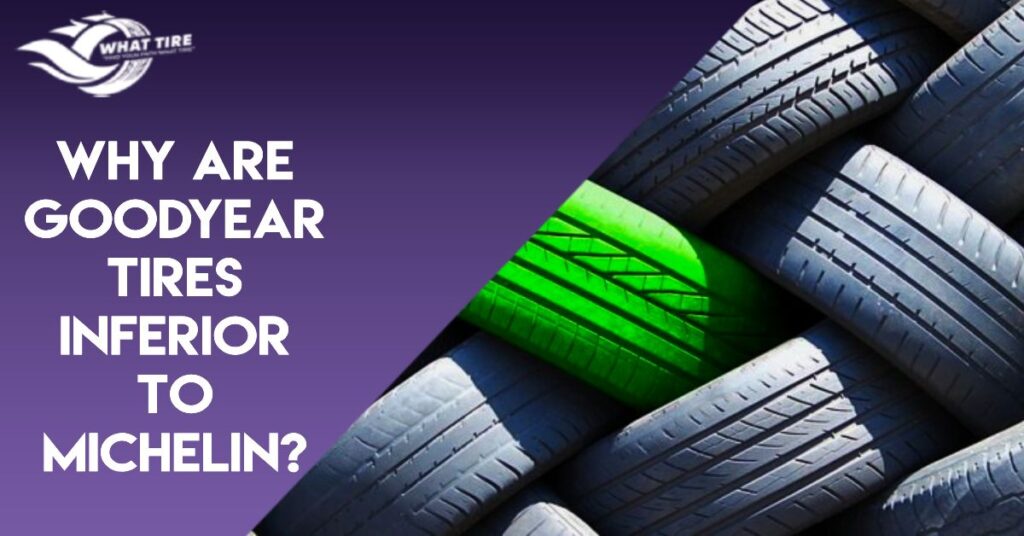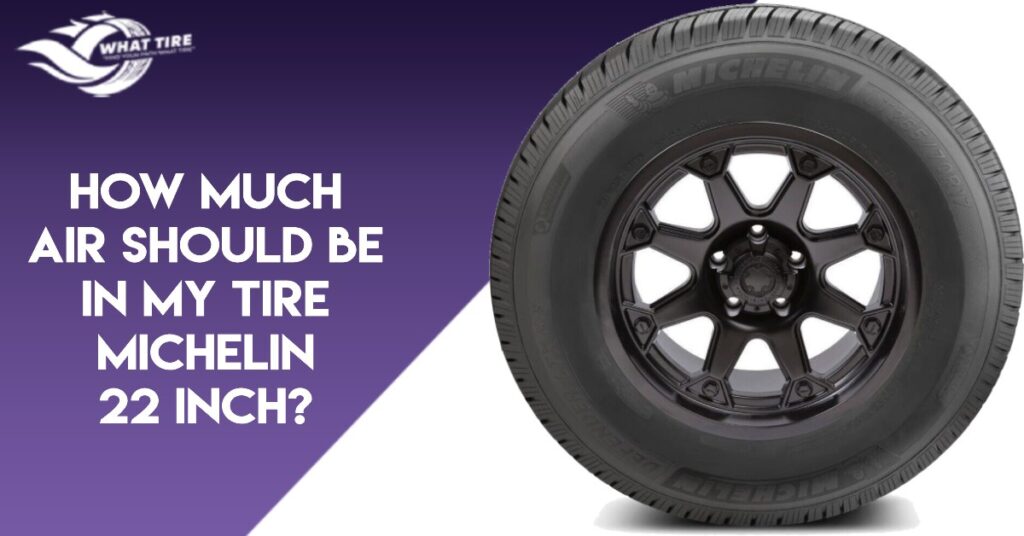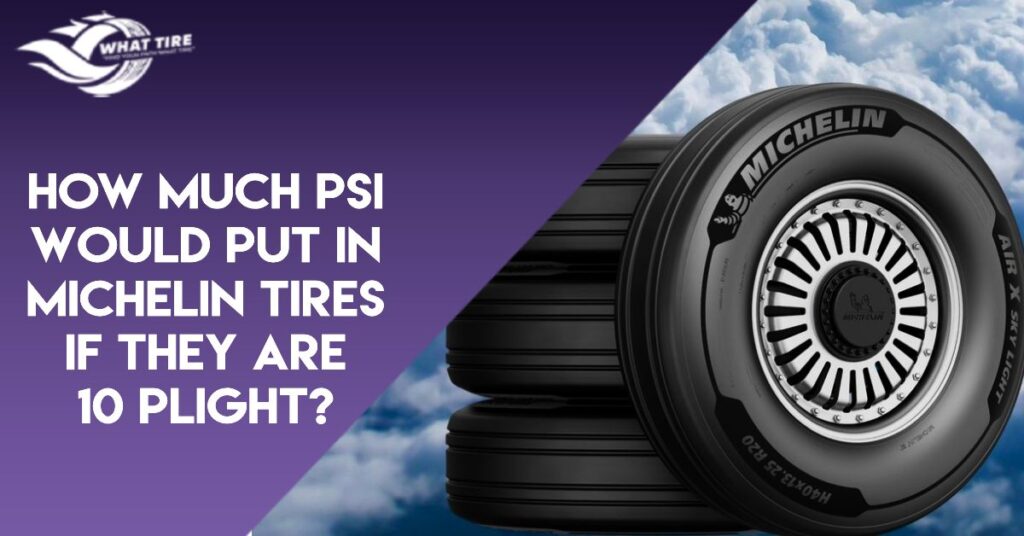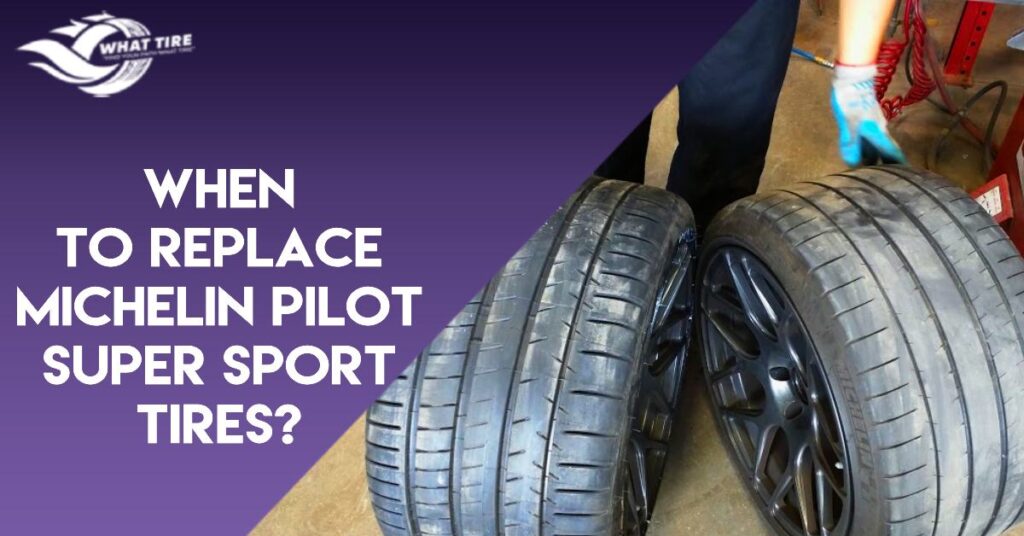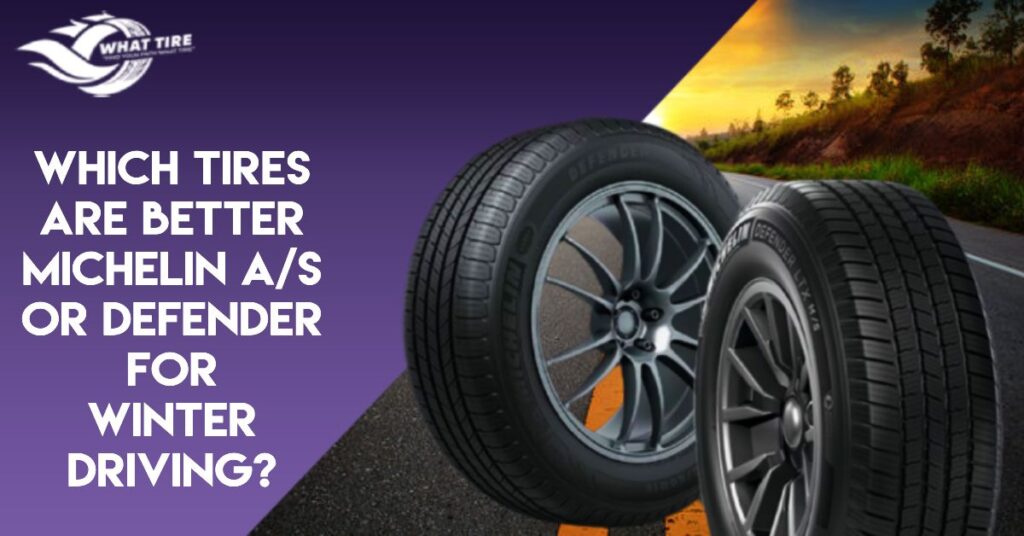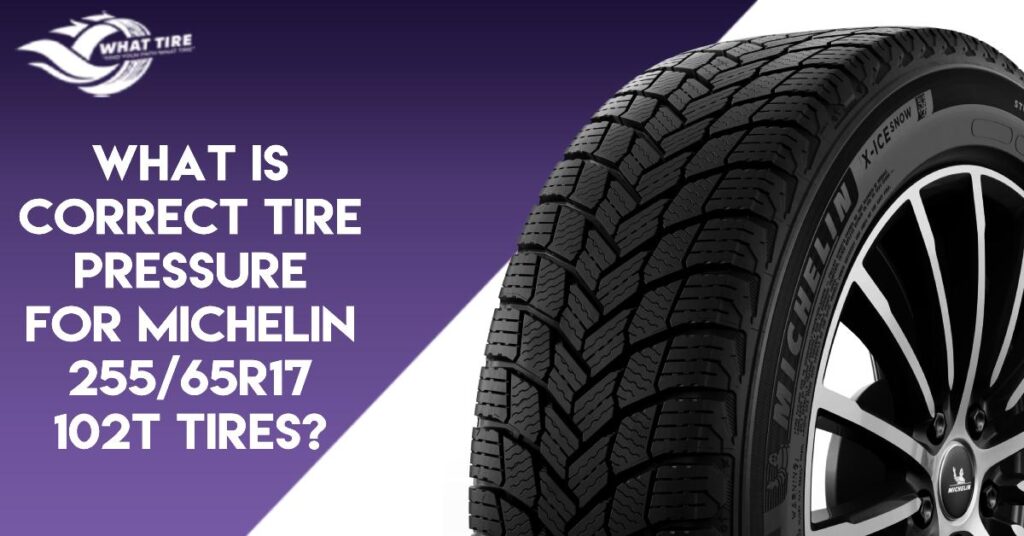Which Tires For 4Runner Bridgestone Dueler Or Michelin Defender?
Choosing the right tires for your Toyota 4Runner can significantly impact your driving experience so for this post, we’ve rigorously tested and gathered real-world user reviews to present a comprehensive comparison between Bridgestone Dueler and Michelin Defender tires. Our evaluation covers crucial aspects such as price, durability, winter performance, all-season capabilities, and more. Whether you’re prioritizing budget-friendly options, seeking top-notch durability, or navigating through winter conditions, we’ve got you covered. Here is a general comparison between Bridgestone and Michelin tires. This post specifically deals with finding which tires for 4Runner: Bridgestone Dueler or Michelin Defender. Let us guide you through the details, helping you make an informed decision for the best fit in every driving scenario. 1. Tire Durability When it comes to durability, a critical factor for any tire, the Bridgestone Dueler and Michelin Defender each showcase distinct qualities. Our rigorous testing and real-world user reviews have shed light on their performance, allowing us to make clear recommendations. Bridgestone Dueler Known for its robust construction, the Bridgestone Dueler excels in wear resistance and exhibits an impressive tread life. This tire is particularly resilient against the daily grind of city driving and highway miles. If you’re seeking a tire that can withstand regular usage without compromising on longevity, the Bridgestone Dueler stands out. Michelin Defender On the other hand, the Michelin Defender offers exceptional durability in terms of tread life and wear resistance. It boasts a reputation for longevity, making it a standout choice for those who prioritize a tire that lasts through the seasons. If you’re looking for a tire that can handle extended periods of use without showing signs of wear, the Michelin Defender is a solid contender. Recommendation For urban and highway driving, where the demand for durability is high due to regular use, the Bridgestone Dueler takes the lead. However, if you’re aiming for a tire that promises an extended tread life and wear resistance, particularly for long-term use, the Michelin Defender is the recommended choice. It’s essential to align your tire choice with your specific usage patterns to ensure optimal durability over time. 2. Budget-Friendly Considerations When assessing the budget-friendliness of Bridgestone Dueler and Michelin Defender, it’s crucial to examine not only the initial cost but also the overall value and cost-effectiveness. Bridgestone Dueler While Bridgestone Dueler tires generally come at a reasonable price point, they may offer a more budget-friendly option for those who prioritize upfront savings. This can be especially advantageous for individuals looking for reliable tires without breaking the bank initially. If you’re on a tight budget and seeking a tire that balances performance and affordability, the Bridgestone Dueler presents a compelling choice. Michelin Defender Michelin Defender, while often associated with a slightly higher initial cost, brings added value in terms of longevity and fuel efficiency. Despite the initial investment, the Michelin Defender’s extended tread life and fuel-saving features may result in long-term cost savings. If you’re willing to make a slightly higher upfront investment for a tire that pays off in the long run, the Michelin Defender is a solid option. Recommendation For those prioritizing immediate cost savings and seeking a tire that fits a tighter budget without compromising on reliability, the Bridgestone Dueler is the preferable choice. On the other hand, if you’re willing to make a slightly higher initial investment for a tire that offers long-term value, including extended tread life and fuel efficiency, the Michelin Defender is the recommended option. Consider your budgetary preferences and long-term savings goals when making your decision. 3. Noise Levels The noise levels of a tire can significantly impact the overall driving experience, especially on long journeys or during daily commutes. Let’s delve into the noise characteristics of Bridgestone Dueler and Michelin Defender to help you make an informed decision. Bridgestone Dueler Bridgestone Dueler tends to offer a smooth and quiet ride, particularly on regular road surfaces. The tire is designed to minimize on-road noise, making it an excellent choice for urban and highway driving. Whether you’re cruising through city streets or embarking on a highway journey, the Bridgestone Dueler excels in keeping noise levels to a minimum, contributing to a more comfortable driving experience. Michelin Defender Michelin Defender is renowned for its superior noise reduction technology. The tire is engineered to provide a quiet and serene driving experience, even at higher speeds. Michelin has implemented advanced features to dampen road noise effectively, making it one of the quietest Michelin tires. Recommendation For those who prioritize a quiet and peaceful driving experience, especially during daily commutes and highway journeys, the Michelin Defender takes the lead in minimizing noise levels. However, if you’re seeking a tire that strikes a balance between performance and reduced noise, particularly for urban and highway driving, the Bridgestone Dueler is a commendable choice. Consider your driving environment and preferences to ensure a noise level that aligns with your comfort needs. 4. Type of Usage Selecting the right tire depends on your specific driving needs and the type of usage you anticipate. Let’s explore how the Bridgestone Dueler and Michelin Defender cater to different driving scenarios. Bridgestone Dueler Bridgestone Dueler performs admirably in urban and highway driving conditions. Its sturdy construction and responsive handling make it a suitable choice for city commuting and long highway stretches. If your typical usage involves navigating through city streets or embarking on frequent highway trips, the Bridgestone Dueler offers a balanced performance that aligns with the demands of urban and suburban driving. Michelin Defender Michelin Defender, known for its longevity and fuel efficiency, excels in scenarios where extended tread life and economical fuel consumption are essential. This makes it an ideal choice for drivers who frequently embark on long journeys or have high-mileage driving habits. It shows how good Michelin Defender tires are. Clear Recommendation For those primarily engaged in urban and highway driving, the Bridgestone Dueler offers a well-rounded performance with responsive handling. However, if your driving habits involve frequent long-distance travel or extended usage, the Michelin Defender is the recommended choice.
Which Tires For 4Runner Bridgestone Dueler Or Michelin Defender? Read More »

